Heat Acclimation Saves Lives
| Heat Acclimation Saves Lives
According to OSHA, the lack of heat acclimation represents a major risk factor for fatal outcomes. Although illnesses from heat exposure is preventable, every year thousands in the construction industry become sick from occupational heat exposure. The process of building tolerance to that heat exposure is called heat acclimation and Safety Directors work strenuously to educate workers both in the field and in the shop. In the summer months, when physically active, the human body will need to gradually build this acclimation or heat related illnesses will result. During the first few days of work in warm and hot environments, OSHA advises safety directors within the construction industry to encourage workers to:
But once acclimation occurs, the battle is not won. As easy as education about heat related illnesses should be, too often the message slips through the cracks. The fight against heat related jobsite illnesses needs to be an intentional action by both the individual and their supervision. So, let’s keep it simple…
This means once we factor the task at hand with the environment that we will be working in, we are encouraging and verifying proper fluid levels are being consumed. Once a person stops feeling well, they may stop consuming everything. Not replacing fluids that are being lost is bad. However, taking in a lot of water only but not eating will in fact flush out your electrolytes and thus possibly put you in a state of tremendous cramping over your entire body. Both situations lead to health hazards.
Things like age, medications, prior acclimation, and fitness are all factors that need to be considered when being intentional about hydration. Our ability to maintain our hydration may dissipate as we get older. Diuretic medications will definitely hinder staying hydrated. Not being used to working in hotter environments will cause you to sweat profusely. Fitness issues like obesity play a role in how fast one can become dehydrated. Drinking alcohol, the night before and large amounts of caffeine in the morning all play a role. It simply takes hours to become hydrated. Downing a bottle of water does little at the moment.
After taking such things into consideration, an individual or a supervisor needs to calculate how often they need to stop, cool down, consume water and/or an electrolyte drink; with some sort of snack to help retain those fluids and electrolytes. Once again, we have to be intentional in ensuring this is taking place. This can be as easy as providing the drink and watching your team drinking it.
Hydrating as a group awards the supervisor with time to visually inspect the team and communicate empathy regarding the heat of the day. Taking breaks within a workday is common enough, but taking advantage of those breaks to look over your team and detect possible issues has become rarer over time. As a supervisor or manager, we do not have to align our breaks exactly with that of the team’s break times. Taking time to engage with your team, to even the slightest degree, will prove to be extremely rewarding within multiple arenas. Taking these steps is nothing more than taking time to know your own limits and the limits of your team. Calculating details about the task, the environment, and our limits can be used beyond that of hydration alone. The more these above steps are taken, the more natural and habitual it will become, and thus serve as a leading indicator toward our safety goals. Thomas Harris Safety Director / HR Dixie Mechanical, Inc. (205) 710-4295 [Office] (205) 248-6444 [Fax] (205) 777-7741 [Mobile]
|
To learn more about who Dixie is, visit our About page.
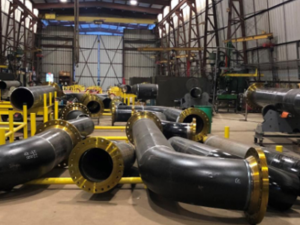
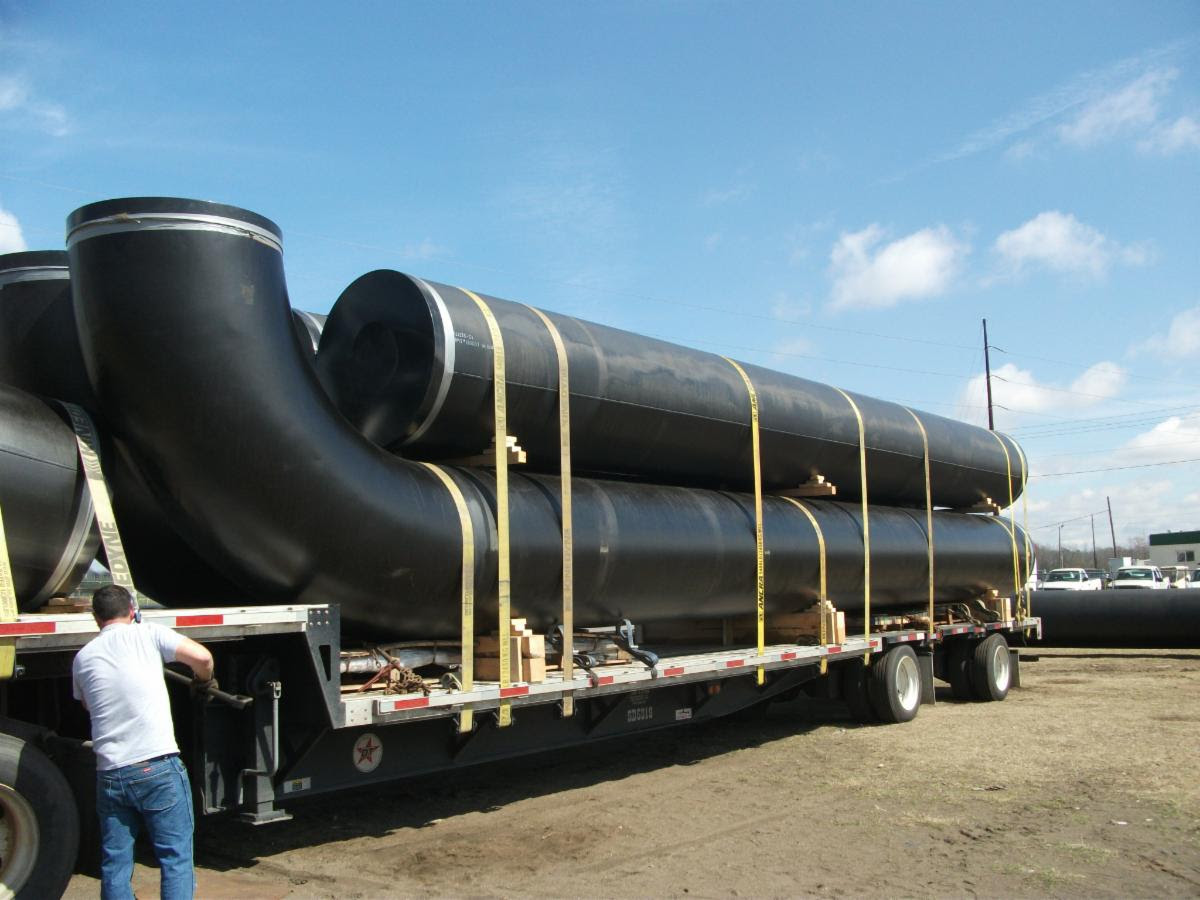
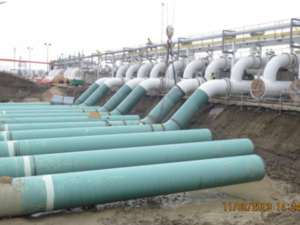
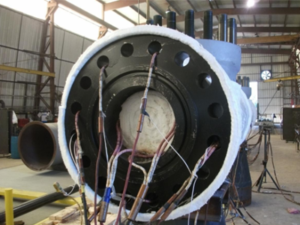
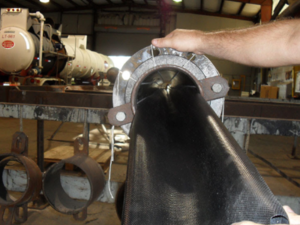


Stay Connected